Alberta
Alberta bans fires in provincial parks, protected areas, hiring 200 new firefighters, increasing fines & more

The Albert government is taking a number of steps to reduce the risk of spring wildfires while protecting municipalities.
Alberta Wildfire is hiring 200 additional firefighters, invoking a fire ban, implementing off-highway vehicle (OHV) restrictions, increasing fine violations and funding $20 million more in community FireSmart initiatives, all to prepare for the upcoming wildfire season during COVID-19.
Alberta Parks is also instituting a fire ban in all provincial parks and protected areas.
These early preparedness measures will ensure the province can effectively focus resources where they are needed most in the event of multiple emergencies happening at the same time.
Typically, the wildfire hazard is highest in Alberta in late April through May, when fuel like trees and grasses have extremely low moisture content after the snow has melted.

A massive wildfire swept through parts of Fort McMurray in May 2016, leading to the evacuation of the population and billions in damages. Photo Courtesy/Government of Alberta
More than a million acres burned last year and 71 per cent of wildfires were human-caused and entirely preventable. With provincial resources currently stretched due to COVID-19, these preventative measures will better equip Alberta’s response to spring wildfires this year.
“Albertans are tough and we’re all doing what we can to keep each other safe during COVID-19. With Alberta’s wildfire season matching with the expected peak of COVID-19, we have to take extra precautions to ensure our response efforts are well-funded and planned out. This spring, we may find ourselves facing multiple disasters at once. With all these measures, we will be prepared.” Devin Dreeshen, Minister of Agriculture and Forestry
Increased firefighting resources
An additional $5 million investment is being made to hire and train 200 high-quality firefighters to assist with the provincial wildfire suppression this season.

The fire ban and OHV restriction are temporary measures, which will remain in place only as long as required to combat the wildfire risk.
More than 800 seasonal firefighters will join 370 year-round staff at Alberta Wildfire. These resources are hired at one of the 10 Forest Areas, and are moved throughout the Forest Protection Area as required.
Fire ban and OHV restriction
A fire ban in the Forest Protection Area, provincial parks and protected areas, as well as a recreational OHV ban on Crown land in the Forest Protection Area, will come into effect April 15.
Alberta’s Forest Protection Area covers almost 60 per cent of Alberta, most of the northern half of the province and the western border, excluding federal parks.
The government recognizes that many Albertans use OHVs and respects this valid activity. At the same time, the government must take into account limitations and manage risk due to the COVID-19 pandemic. Hot mufflers can potentially start wildfires.
The fire ban and OHV restriction are temporary measures, which will remain in place only as long as required to combat the wildfire risk. Measures may later be adjusted to take into account the needs of specific regions.
All fire permits will be suspended in this area, and landowners are responsible for ensuring any holdover fires are extinguished by this time.
Indigenous people may use OHVs on public land for traditional purposes. Use of OHVs on private lands, for industrial use (for example forestry, agriculture and energy) and by emergency responders is also permitted.

A recreational off-highway vehicle (OHV) ban on Crown land in the Forest Protection These OHV restrictions are only temporary measures.
Fines are being doubled from $300 to $600 for non-compliance with a fire ban and from $600 to $1,200 for non-compliance with an OHV restriction. With 71 per cent of last year’s wildfires started by people, these fine increases reflect the seriousness of the preventative measure Albertans must take to prevent wildfires.
Individuals found contravening a fire ban or OHV restriction will be subject to increased fines, starting April 15, and could be held liable for all costs associated with fighting a wildfire. Last year, more than $600 million was spent fighting wildfires in Alberta.
These fines are in addition to the existing penalties for arson under the Criminal Code.
“Our province is taking steps to prepare for wildfires and other hazards this spring and summer by increasing our emergency response capacity. This means that while we continue to respond to the COVID-19 pandemic, we will also be ready to respond to other emergencies as they may arise.” Kaycee Madu, Minister of Municipal Affairs
Increased FireSmart funding
FireSmart will receive a funding boost of up to $20 million to support vegetation management in the province. The department will work with municipalities to ensure these funds are used this fiscal year.
FireSmart helps to reduce the wildfire risk to Albertans, their homes and communities. The FireSmart program includes grants to support the most at-risk communities in Alberta, including Indigenous communities.
This additional funding will help mitigate wildfire damages and losses in more Alberta communities by creating FireSmart zones around at-risk communities to reduce wildfire hazards.
To increase response capacity and prepare for multiple and concurrent disasters, such as wildfires and floods, the Provincial Operations Centre has been reinforced by the creation of a Pandemic Response Planning Team. This team will help coordinate government’s medium and long-term response to the COVID-19 pandemic.
Quick facts
- For more information on wildfires, download the Alberta Wildfire app.
- Up-to-date information on fire restrictions, fire bans, OHV restrictions and general wildfire information is available at albertafirebans.ca or by calling 1-866-FYI-FIRE (1-866-394-3473).
- To report a wildfire, call 310-FIRE (310-3473) toll-free, from anywhere in Alberta.
- Most new seasonal staff will be on-the-ground firefighters, with wages between $22 and $28 per hour.
- Fire bans and OHV restrictions have proven to be effective prevention tools in reducing the number of human-caused wildfires.
- Anyone found to be non-compliant with a fire ban or OHV restriction may also have to go to court and may receive a fine up to $100,000. Anyone found to be the cause of a wildfire may be liable for the costs associated with extinguishing the fire.
- FireSmart is a program that requires cooperation of all people living, working and playing in the forest.
Alberta
The Conventional Energy Sector and Pipelines Will Feature Prominently in Alberta’s Referendum Debate
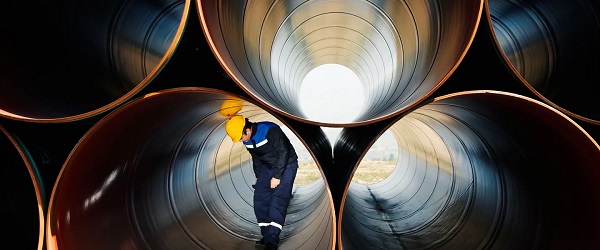
From Energy Now
By Jim Warren
Like it or not, the supporters of conventional energy production in the West, even those who bleed maple syrup, will be best served by a substantial leave vote. A poor showing on the part of the leave camp would weaken the bargaining power of the producing provinces and the conventional energy sector in their dealings with Ottawa.
The political dust-up between the leavers and the stayers is about to commence.
The petition calling for an Alberta referendum on separation will get the required signatures. And, the Moe government in Saskatchewan may yet decide to do something similar.
And, there is a good chance the federal Liberals and their allies in the environmental movement will launch an anti-separation/anti-oil campaign in response. The Liberals need merely to reinvigorate the flag waving campaign they ran during the federal election. All that needs to change for that tactic to work is the name of the boogeyman—from Donald Trump to alienated Westerners. Government subsidized environmental organizations will help do the rest.
This will present something of a dilemma for some supporters of the conventional energy and pipeline sectors. Should they lay low, stay quiet and perhaps avoid becoming part of the controversy? Alternatively, should they face reality and admit oil and pipelines will feature prominently in the debate whether they like it or not. The federal assault on oil, gas and pipelines is after all one of the principal motivations inspiring many who wish to separate.
And, whether we like it or not, the supporters of conventional energy production in the West, even those who bleed maple syrup, will be best served by a substantial leave vote. A poor showing on the part of the leave camp would weaken the bargaining power of the producing provinces and the conventional energy sector in their dealings with Ottawa. This is one of the immutable laws of the negotiating universe. A union that gets only 20% of its members voting in favour of strike action knows it is impotent should management call its bluff.
This is not to say the leave side will need a majority vote to produce a win for the energy sector—a large minority could do nicely. The Parti Québécois’ goal of “sovereignty association” in the 1980 Quebec referendum was supported by just 40.4% of those who voted. Yet, it nevertheless added leverage to Quebec’s extortionate demands on Ottawa and the rest of Canada. Although, after the separatists garnered 49.4% of the vote in the 1995 referendum (aka Canada’s near death experience), Quebec did even better.
True, the two producing provinces on the prairies lack the electoral power of Quebec. In combination with Ontario, Quebec has been integral to Liberal success in federal elections for decades. The power of the West lies in its ability to generate a large share of Canada’s export revenues. That’s mainly why Quebec is able to count on $14 billion in annual equalization welfare. Threatening separation turns the economic importance of the West into a political weapon.
We can expect a highly divisive referendum debate–potentially far more fractious than the federal election campaign. Signals coming out of Ottawa suggest federal-provincial negotiations over conventional energy and emissions policy are about to take a nasty turn. We could be facing a perfect storm of disunity with Westerners bashing Ottawa while Ottawa denounces separatists and resumes its assault on oil, gas and pipelines.
Chances for lowering the political temperature don’t look good. The prime minister has been distancing himself from his initial pre-election pro pipeline position. Early in the election campaign Mark Carney said he would employ the emergency powers of the federal government to get new export pipelines running from the prairies to tidewater. The next week he told reporters Quebec would have the power to veto the approval of any pipeline crossing its territory. On May 14, Carney presented reporters with a word salad that seemed to be saying he would include evaluation of the potential for new pipelines along with other energy policy ideas being discussed. And, if a consensus favouring pipelines emerged, one might be built.
This is not comforting. These statements cannot all be correct at the same time. At least two, if not all three, of them, are disingenuous.
Exactly who will be included in the consensus building discussions is unclear. Will they involve meetings with the premiers of the provinces that generate huge export revenues for Canada. Will they be restricted to the emissions reduction zealots who dominate the cabinet and the Liberal caucus? Or, is it something Carney will work out at Davos when the World Economic Forum next convenes?
The Liberals and their media allies put a lot of stock in the polls once they showed the Liberals in the lead during the election campaign. They briefly acknowledged election period polling that showed 74% of Canadians support the construction of new export pipeline including 60% of Quebecers. But reporting on the growing popularity of pipelines ended after about a week when Carney’s unqualified support for a pipeline to the Atlantic coast evaporated.
Furthermore, the popular vote totals from the federal election demonstrate that Canadians’ support for the Conservatives and the Liberals was divided fairly evenly, 41.3% for the Conservatives and 43.8% for the Liberals. A slim 2.5 percentage point spread. It seems reasonable to assume many Conservative supporters outside of the prairies shared Pierre Poilievre’s strong and consistent support for conventional energy production and pipelines. The fact people in the producing provinces are not alone in seeing the wisdom of new export pipelines strengthens our position.
If the thumping the voters of Alberta and Saskatchewan gave the Liberals in the April 28 election didn’t convince the government its energy and pipelines policies have caused a national unity crisis, maybe a high vote in favour of separation will. Many people will figure this out and will vote strategically to ensure the leave side wins a respectable portion of the vote. Who would want to try to negotiate a good deal for the producing provinces and the conventional energy sector following a weak performance by the leave camp? The Liberals will claim that a big win for the stay camp shows that Albertans are happy with the status quo.
The anti-pipeline misinformation campaign is already underway. Steven Guilbeault was already at it last week. According to Guilbeault, since the Trans Mountain pipeline is not operating at full capacity we obviously don’t need any more pipelines.
Guilbeault knows full well the pipeline is running under full capacity. The reason being the residual fall-out from the $38 billion in cost overruns the government chalked up, which was in turn due to its own regulatory morass and system pains associated with issues like the poor design features built into the Burnaby terminal. The government expects oil producers to pay exorbitant shipping rates designed to rapidly recoup the embarrassing cost overruns. Producers are not prepared to lose money bailing out the government. Guilbeault also knows most producers making use of the Trans Mountain today had negotiated much lower rates with the pipeline prior to its completion.
We can expect the flow of this kind of misinformation to become a gusher in the days ahead.
One hopes there will be adults in charge of both the leave and stay camps. The cause of Western separation can be expected to attract enthusiasts from the fringes of the political spectrum. There will be crackpots and mean-spirited people cheering for both sides. Unfortunately, we need to prepare for the fact the mainstream media will focus on any loosely hinged eccentrics they can find who support separation. Radical environmentalists and climate change alarmists will be treated like selfless planet saving prophets.
Alberta
Why Some Albertans Say Separation Is the Only Way
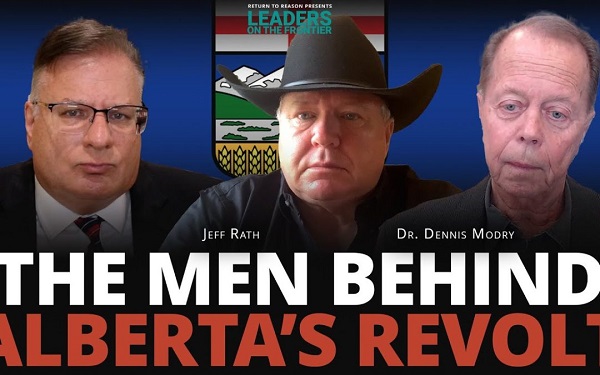
From the Frontier Centre for Public Policy
-

 espionage13 hours ago
espionage13 hours agoCanada’s Missing Intelligence Command: Convoy Review Takes on New Relevance After FBI Warnings
-

 2025 Federal Election2 days ago
2025 Federal Election2 days agoLiberals edge closer to majority as judicial recount flips another Ontario seat
-

 Alberta2 days ago
Alberta2 days agoCanmore attempting to tax its way out of housing crisis
-

 Addictions1 day ago
Addictions1 day agoNews For Those Who Think Drug Criminalization Is Racist. Minorities Disagree
-
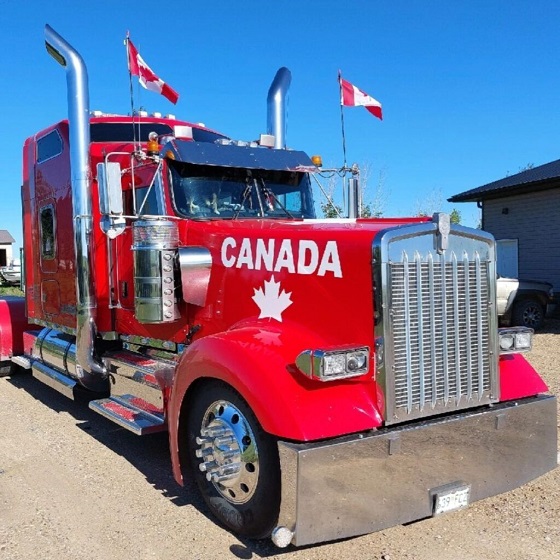
 COVID-1923 hours ago
COVID-1923 hours agoWill Chris Barber be jailed for peacefully protesting? Court to decide soon
-
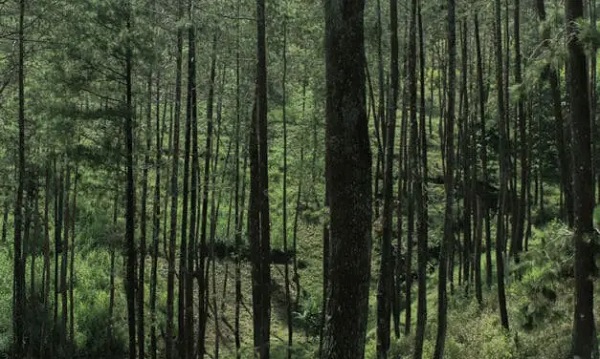
 Alberta1 day ago
Alberta1 day agoBoreal forests could hold the key to achieving Canada’s climate goals
-

 Business2 days ago
Business2 days agoThe Oracle of Omaha Calls it a Career
-
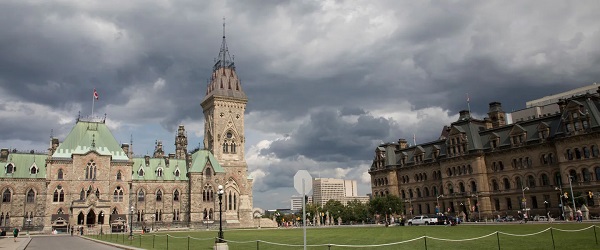
 Business1 day ago
Business1 day agoCarney’s cabinet likely means more of the same on energy and climate




